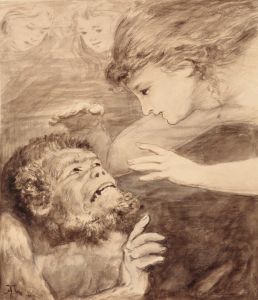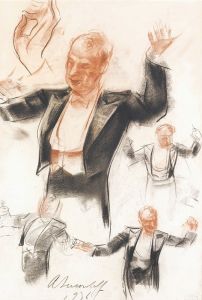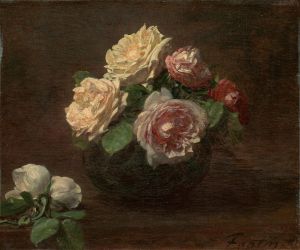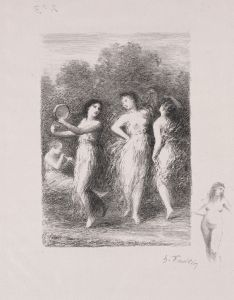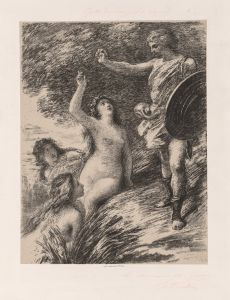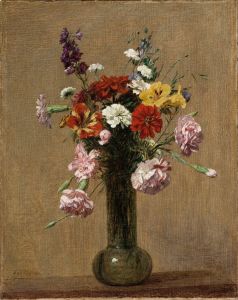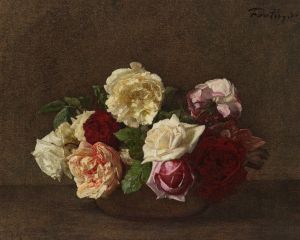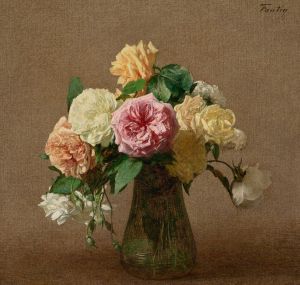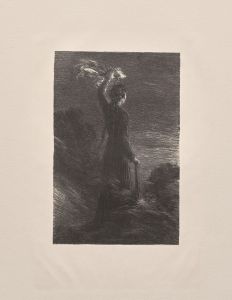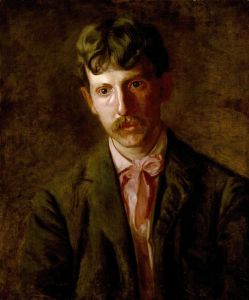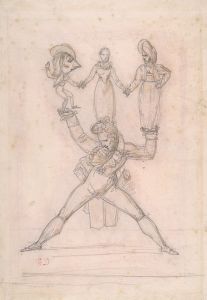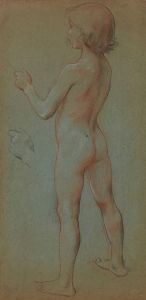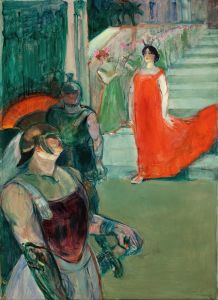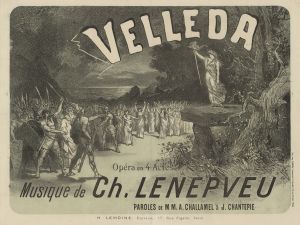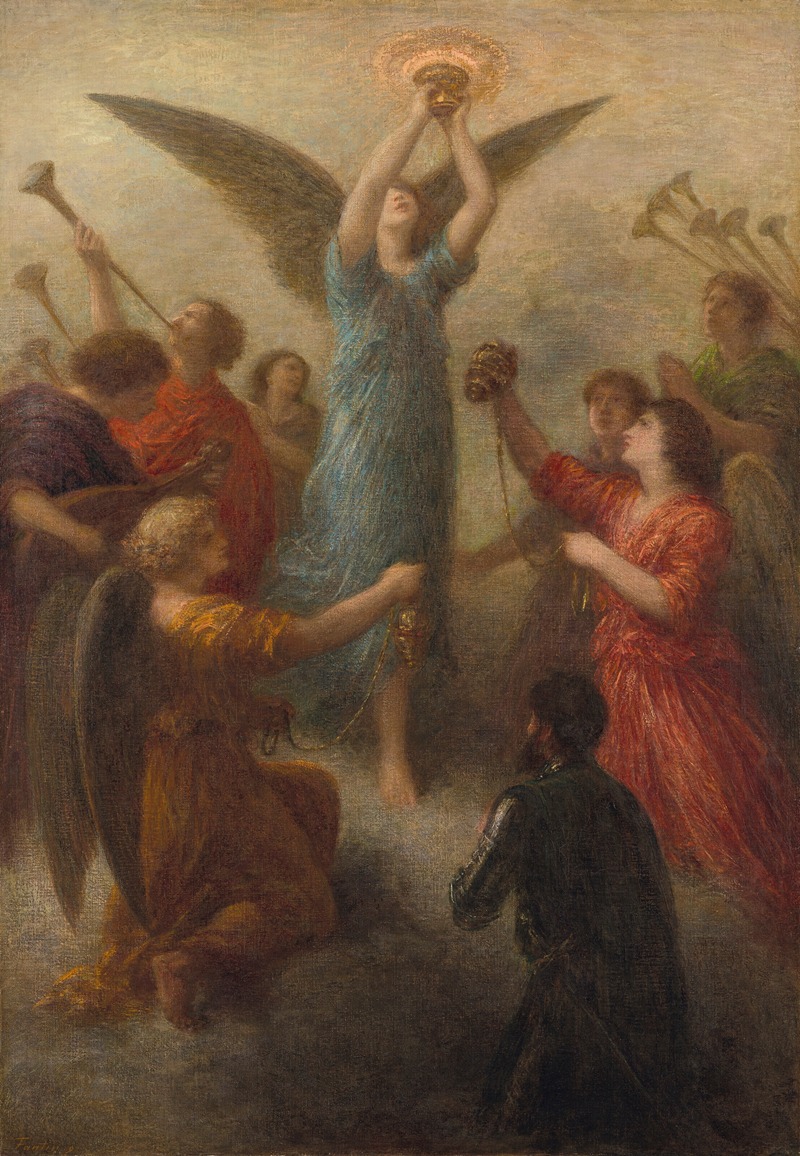
Prélude de Lohengrin, Wagner
A hand-painted replica of Henri Fantin-Latour’s masterpiece Prélude de Lohengrin, Wagner, meticulously crafted by professional artists to capture the true essence of the original. Each piece is created with museum-quality canvas and rare mineral pigments, carefully painted by experienced artists with delicate brushstrokes and rich, layered colors to perfectly recreate the texture of the original artwork. Unlike machine-printed reproductions, this hand-painted version brings the painting to life, infused with the artist’s emotions and skill in every stroke. Whether for personal collection or home decoration, it instantly elevates the artistic atmosphere of any space.
Henri Fantin-Latour was a French painter known for his still lifes and group portraits, but he also created works inspired by music. One such painting is "Prélude de Lohengrin, Wagner," which reflects his admiration for the composer Richard Wagner. Fantin-Latour's interest in music, particularly Wagner's compositions, was a significant aspect of his artistic expression, and this painting is a testament to that influence.
"Prélude de Lohengrin, Wagner" is part of Fantin-Latour's series of works that visually interpret musical compositions. Richard Wagner's opera "Lohengrin" premiered in 1850, and its prelude is renowned for its ethereal and mystical qualities. Fantin-Latour sought to capture the essence of Wagner's music through his painting, translating the auditory experience into a visual one.
The painting itself is characterized by its dreamlike and atmospheric quality, which mirrors the prelude's serene and otherworldly nature. Fantin-Latour employs a soft palette and delicate brushwork to evoke the sense of mystery and transcendence found in Wagner's music. The composition is often described as having a lyrical quality, with a focus on creating an emotional response similar to that elicited by the musical piece.
Fantin-Latour's fascination with Wagner was part of a broader trend among artists and intellectuals in the late 19th century who were captivated by the composer's revolutionary approach to opera and his concept of the Gesamtkunstwerk, or "total work of art." This concept aimed to synthesize various art forms, including music, poetry, and visual arts, into a cohesive whole. Fantin-Latour's painting can be seen as an exploration of this idea, as he attempts to merge the visual and musical arts.
The painting is not only a tribute to Wagner but also reflects Fantin-Latour's personal artistic journey. Known primarily for his realistic still lifes and portraits, his musical-themed works allowed him to explore more abstract and emotive themes. This shift in focus demonstrates his versatility as an artist and his ability to engage with contemporary cultural movements.
"Prélude de Lohengrin, Wagner" is part of a larger body of work by Fantin-Latour that includes other music-inspired paintings, such as those dedicated to composers like Berlioz and Schumann. These works collectively highlight the intersection of visual art and music during this period and underscore the influence of musical compositions on visual artists.
Fantin-Latour's painting serves as an example of how 19th-century artists were inspired by and responded to the evolving cultural landscape, particularly the innovations in music. His ability to convey the spirit of Wagner's prelude through painting illustrates the deep connection between different art forms and the ways in which they can complement and enhance one another.
In summary, "Prélude de Lohengrin, Wagner" by Henri Fantin-Latour is a notable example of the artist's engagement with music and his admiration for Richard Wagner. Through this painting, Fantin-Latour captures the ethereal quality of Wagner's composition, reflecting the broader cultural fascination with the composer's work and the concept of a total work of art. The painting stands as a testament to the enduring relationship between music and visual art in the 19th century.





